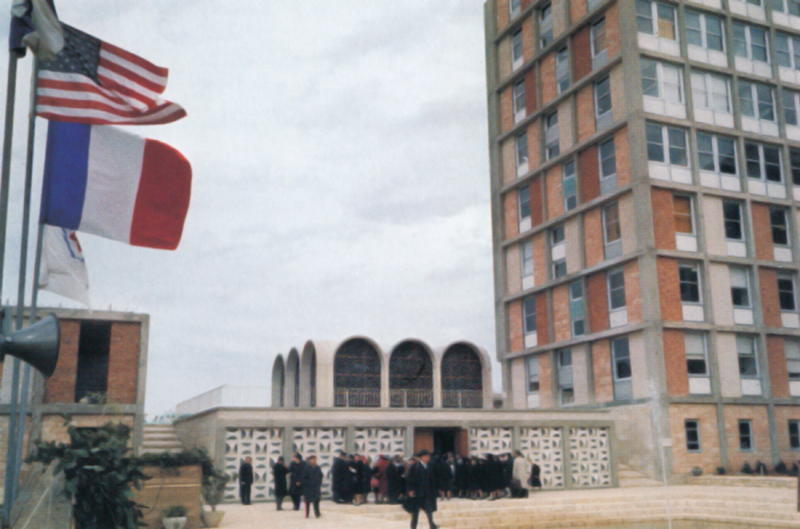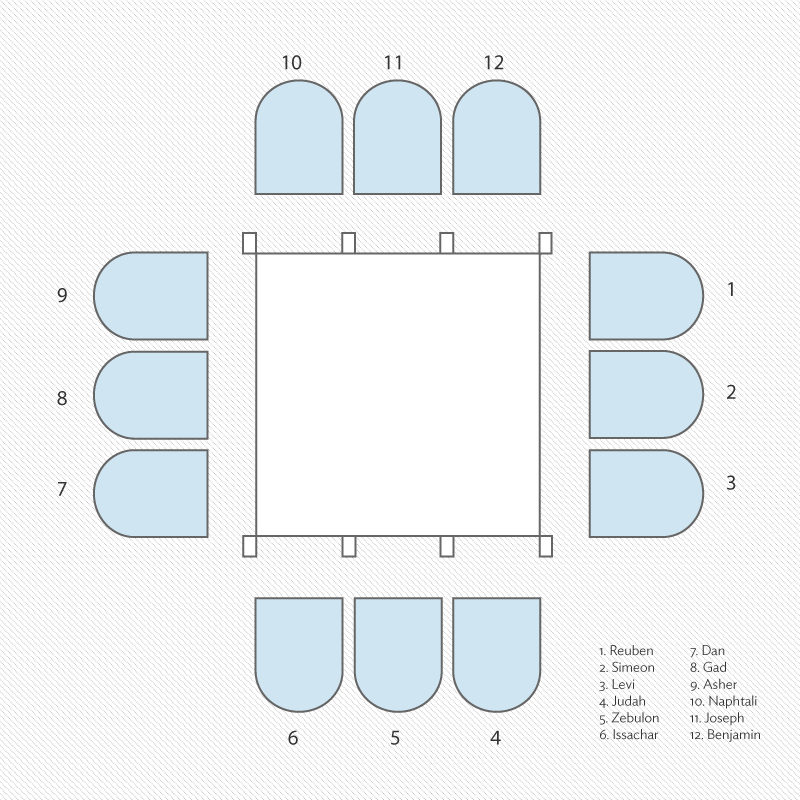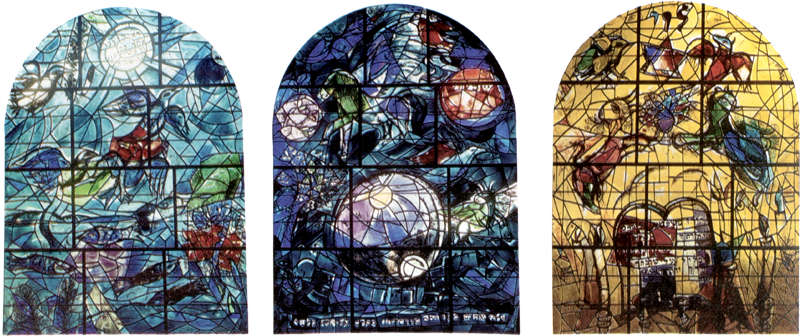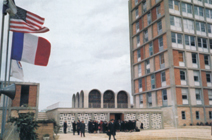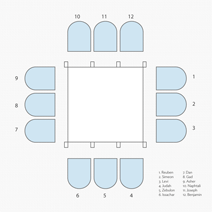


CHAGALL and Stained Glass
In 1960 Chagall began work on 12 windows for the synagogue of Hebrew University's Hadassah Medical Center in Jerusalem; these were much larger than anything he had done before. After their completion in 1961, the windows were exhibited to record crowds at the Musée des Arts Décoratifs, Paris, and at The Museum of Modern Art, New York, prior to their permanent installation in Jerusalem in February 1962. The windows represent the 12 tribes of Israel rendered in rich jewel tones and placed in order of descent, beginning on the east wall with Ruben, the first tribe. Chagall derived the imagery of each window from the Old Testament: for the Tribe of Ruben, for example, the fish and birds, in lush greens and blues, symbolize the promise of prosperity.
